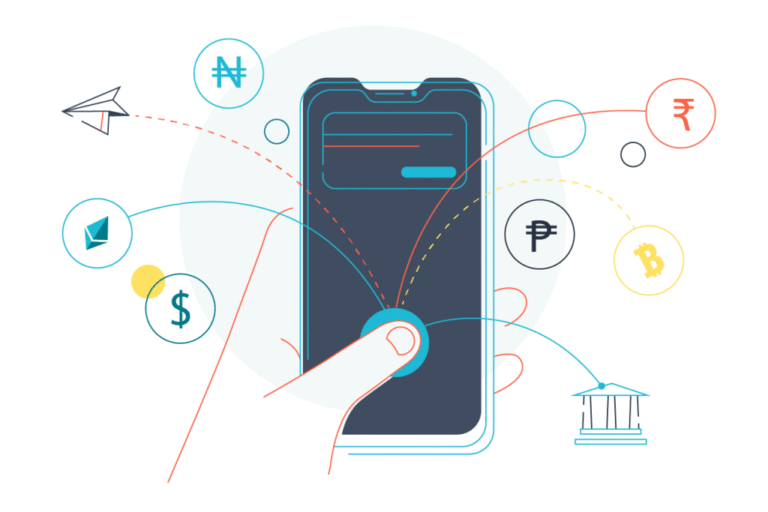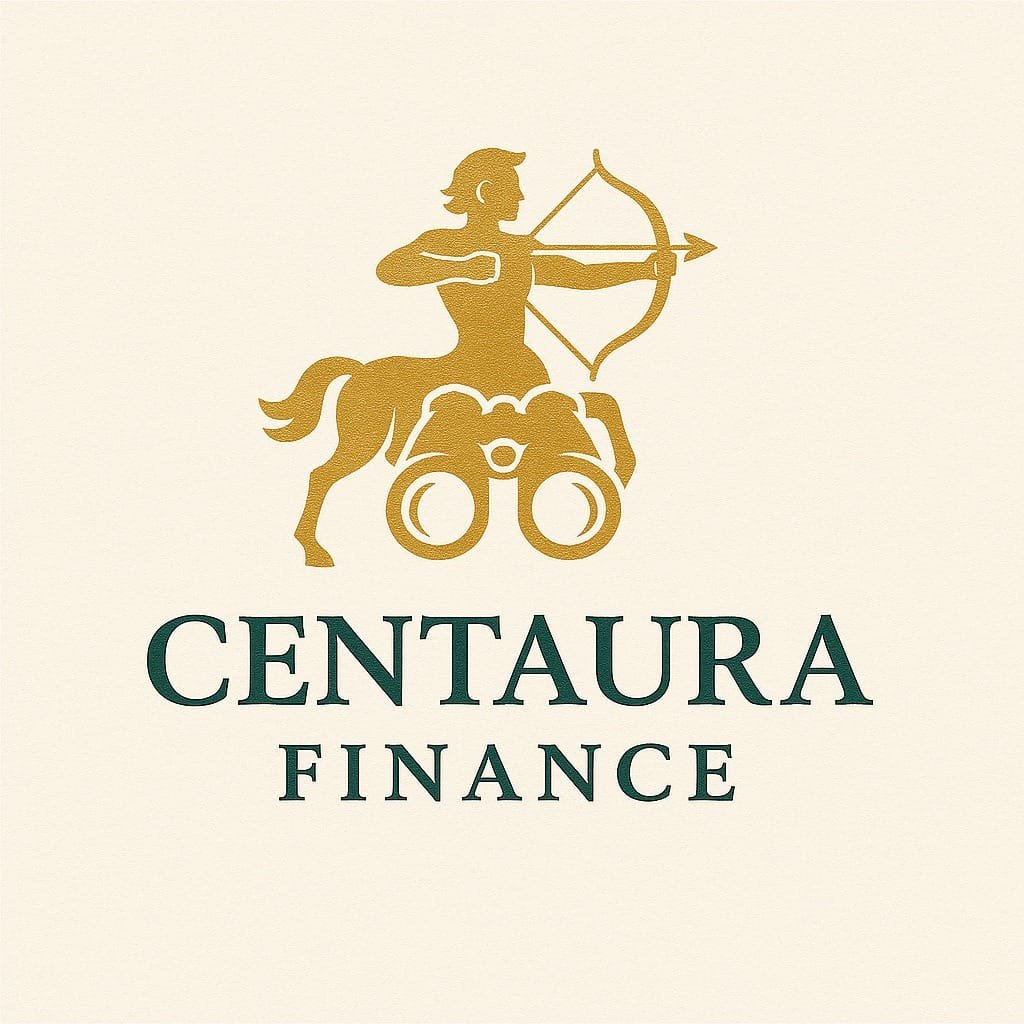International money transfers, whether remittances, business-to-business (B2B), trade settlements, or consumer payments, have historically been burdened by inefficiencies. High fees, opaque exchange rates, slow processing times (sometimes taking days), and complex regulatory hurdles burden individuals and organizations alike. Enter fintech: a powerful disruptor reshaping cross‑border payments by combining digital innovation with user‑centric design.
In the following sections, we’ll explore how fintech is transforming every stage of cross‑border payments, making them faster, cheaper, more transparent, and easier for consumers, small businesses, and large enterprises.
1. Lower Costs: Cutting Fees and Currency Margins
a. Breaking the Bank Monopoly
Traditional correspondent banking chains impose multiple processing fees and layered mark‑ups. Fintech startups, in contrast, often rely on proprietary networks or APIs, SSH (software hooks) tapping into fast‑rail systems to bypass high‑cost intermediaries. Their digital-first structure and lean operations allow them to offer better FX spreads and fewer fees.
b. Stablecoins and Blockchain
Fintech players and traditional giants are increasingly exploring blockchain‑based and crypto‑asset rails to lower costs:
RippleNet uses XRP-based liquidity corridors to settle B2B transfers faster and cheaper.
Major providers like Visa and Thunes are testing stablecoins (e.g., USDC) for more efficient settlements.
Stripe’s acquisition of Bridge Network and PayPal’s stablecoin initiatives illustrate growing adoption.
Academic research supports these trends: blockchain rails can drastically reduce cross‑border costs compared to SWIFT-based systems.
2. Speed: Real-Time and Near-Real-Time Settlements
a. Instant Payment Rails
Fintech integrates with fast payment ecosystems globally—Brazil’s Pix, India’s UPI, Singapore’s PayNow, and Europe’s SEPA Instant—to enable near-instant cross‑border transfers. These networks can settle funds in seconds, eliminating waiting periods.
b. APIs & Virtual Accounts
APIs allow fintech platforms to dynamically route payments to the fastest rails, often using virtual accounts in target currencies for near-instant settlement. JP Morgan notes how digital banking APIs and virtual accounts drive faster cross‑border execution.
c. 24/7 Global Reach with Blockchain
Blockchain-based systems operate around the clock. Mastercard’s Multi‑Token Network, in partnership with JPMorgan, enables continuous (24/7) settlement of cross‑border payments. Similarly, decentralized rails like RippleNet work continuously, reducing settlement delays further.
3. Transparency & Traceability
a. Transparent FX & Fee Structures
Fintech platforms prominently display fees and exchange-rate margins upfront, providing clear cost breakdowns—no surprises. This contrasts sharply with traditional banks, where hidden charges are common.
b. Real-Time Tracking
Fintechs integrate tracking tools similar to shipping apps, allowing users to see transaction status at each stage. This enhances trust and predictability.
c. Blockchain-Based Auditability
Blockchain payments leave an immutable trail, enabling secure verification and auditability, useful for compliance and dispute resolution.
4. Accessibility & Financial Inclusion
a. Empowering MSMEs and SMEs
Micro, Small, and Medium-sized Enterprises (MSMEs) typically face higher fees, poor FX, and delayed payments due to limited infrastructure access. Fintech solutions level the playing field by delivering small-business-friendly interfaces, simplified onboarding, and affordable pricing.
The World Economic Forum stresses that fintech is vital to narrowing financial inclusion gaps for MSMEs.
b. Emerging Markets on the Rise
In regions like India, Africa, and Latin America, fintech is leapfrogging older systems. India’s UPI now enables cross-border transfers to Singapore, Bhutan, Sri Lanka, and more. Africa uses mobile platforms like Kenya’s M-Pesa to expand financial services beyond traditional banking. Brazil’s Pix has captured massive adoption in two years.
c. Local Currency Platforms
Regional initiatives aim to facilitate settlement in local currencies, reducing reliance on the US dollar. BRICS is building BRICS Pay, ASEAN integrates QR payment systems across borders, and Europe advances the European Payments Initiative (Wero), all supporting domestic currency flows.
5. Embedded Value-Added Services
Fintech goes beyond just payments to offer complementary tools:
a. FX Risk Management
Fintechs provide targeted SMB solutions, like forward contracts and hedging in order to manage FX exposure, often with lower minimums than banks.
b. Liquidity & Virtual Accounts
By offering multi-currency virtual accounts, fintechs enable businesses to hold collections in local currencies and convert as needed, streamlining treasury operations and reducing FX timing risks.
c. Trade Finance Integration
Fintech platforms embed simpler forms of trade finance, such as invoice discounting or escrow, to smooth SME cross-border operations.
6. Regulatory & Compliance Innovation
a. Built-in AML/KYC
Fintechs emphasize compliance integration. Automated know-your-customer (KYC) and anti-money-laundering (AML) checks using AI/scoring tools help meet regulations while minimizing friction.
b. License & Partnership Models
Platforms either partner with licensed banks or secure required authorizations. For instance:
PayPal India recently gained RBI approval as a cross‑border payments aggregator.
British fintechs like Wise and Revolut navigate complex U.S. state-by-state money transmitter laws by working through partner banks.
c. Supporting G20 Objectives
Fintech supports G20’s 2027 roadmap to reduce cost, increase speed, accessibility, and transparency in cross-border payments. Public-private collaboration is key.
7. Technology at Play
a. API‑First Ecosystems
Fintech leverages open APIs to integrate with banks, payroll systems, accounting tools, and ERPs, enabling seamless workflows.
b. AI & Machine Learning
Intelligent FX routing: AI picks the most efficient rails.
Fraud detection: Behavioral pattern analysis and anomaly alerts reduce risk.
Automation: Tools auto-reconcile and generate audit logs, lowering manual workload.
c. Blockchain & Distributed Ledger Tech
Beyond cost and speed, blockchain enables decentralized trust, tamper-proof lanes, and new paradigms like instant settlement and programmable smart contracts.
d. QR and Mobile Wallet Interoperability
QR integration across borders (ASEAN QR code initiative, India’s UPI-QR linkups) allows travelers and expatriates to pay/address funds internationally via mobile.
8. Real-World Case Studies
a. Wise
Specializes in border-agnostic transfers with upfront fees and true mid-market rates.
Over £145 billion in annual volume and growing.
Focused on transparency rather than the “super app” trend.
b. PayPal India Aggregator
Secured RBI nod to serve Indian exporters via cross‑border payment aggregation.
Supports SMB export growth.
c. Mastercard’s Multi‑Token Network
Partners with JPMorgan to support 24/7 cross‑border settlement using blockchain rails.
d. ASEAN QR Interoperability
QR systems in Malaysia, Thailand, Singapore, and Indonesia interlinked under ASEAN QR.
Uses local currencies directly, reducing exchange and US dollar dependency.
e. UPI’s International Footprint
UPI-enabled real-time transfers between India and countries like Singapore, Bhutan, Sri Lanka.
Over 3,000 monthly transactions.
f. Project Nexus
A BIS-led initiative weaving together fast payment systems across ASEAN and India, launching by 2026.
9. Challenges & Caveats
Even as fintech makes great strides, obstacles remain:
a. Regulatory Fragmentation
Navigating diverse national AML, KYC, licensing, and capital control regimes continues to require agreements and custom solutions.
b. Liquidity Risk
Blockchain and stablecoin flows depend on reliable liquidity between fiat and crypto. If stablecoin markets fluctuate, settlement assurances can waver.
c. Cybersecurity and Fraud
Faster rails mean limited time to detect anomalies. Fintechs must invest heavily in security, monitoring, and fraud prevention.
d. Adoption and Trust
Regions dominated by traditional banks may resist newer fintech methods. Fintechs often partner with incumbents to build trust.
e. Interoperability Barriers
Despite efforts, full technical and regulatory interoperability remains difficult across systems, currencies, and regulatory regimes.
10. The Future of Cross‑Border Payments
a. Tokenization & Digital Assets
As tokenized assets mature, expect near-instant cross-border settlements, atomic cross-currency swaps, and programmable rails.
b. Central Bank Digital Currencies (CBDCs)
CBDC pilots aim to speed cross-border payments while retaining policy oversight. China, Thailand, and Indonesia are exploring cross-border CBDC linkages.
c. Expanded Local-Ecosystem Linkages
Regional integrations (ASEAN QR, Project Nexus, BRICS Pay, Wero) may reduce dependence on the US dollar and strengthen local currencies.
d. AI-Enabled Optimization
AI will become more integral, optimizing routing, fraud detection, liquidity placement, compliance monitoring, and client experience.
e. Public-Private Collaboration
Meeting G20 targets depends on fintechs working closely with regulators, banks, and international institutions.
Summary
Fintech is revolutionizing cross-border payments—not just pushing incremental change, but reimagining the entire system:
Cost reduction through digital rails, blockchain, and transparent pricing.
Speed enhancements enabled by real-time rails and blockchain.
Transparency with upfront rates, tracking, and immutable records.
Accessibility as underserved markets and MSMEs gain inclusion.
Integrated services like FX hedging, liquidity efficiency, and embedded trade tools.
Regulatory embedding via automated compliance.
Technological innovation with APIs, AI, blockchain, QR codes, and tokenization.
Despite challenges like regulatory fragmentation, security, liquidity, and interoperability, well-coordinated fintech and institutional innovation promise bold progress. The next decade is poised to see cross-border payments become frictionless, inclusive, and smart, forging a more connected global economy.
Key Takeaways
Fintech is transforming cross-border payments by making them faster, cheaper, safer, and more transparent.
Technologies like blockchain, stablecoins, APIs, QR code rails, and real-time systems drive this revolution.
Fintech helps MSMEs and consumers globally access financial services previously reserved for large corporates, particularly in emerging markets.
Robust regulatory integration, partnerships, and public-private collaboration are vital to scaling these solutions.
Looking forward, tokenized assets, CBDCs, and enhanced regional systems promise a future where cross-border payments are seamlessly interwoven into everyday life.
By empowering individuals, businesses, and nations alike, fintech is allowing money to move across borders with speed, fairness, and ease—fueling economic growth and global inclusion.


